There are several reasons, actually, including everything you mentioned:
There is only so much current
In the US, the average outlet is a 120V, 15A circuit. That means it can provide at most 1800W (P = V * I) (that is, power equals voltage times current). For a 12v circuit, that means there is only 150A available (1800W / 5v = 150A). To get a 12V, 1000A circuit, you would need a minimum of 100A supplied at the outlet - far more than it could provide. Obviously, a 5A or 10A circuit would fit well within the power capability of a standard outlet.
Energy transmission is inefficient
Even if the power were available, every single component, including wire, has some resistance in it. The more resistance, the lower the efficiency of the circuit. That means if you want to use a certain amount of power (say, to charge a cell phone), you have to pull more power than what you actually needed. If a circuit is 80% efficient - which is quite good, actually - then to provide 1000A, it would need to pull 1250A (1000/0.80=1250). Even at 95% efficiency, it would need to pull an extra 53A. Even worse, the rated efficiency only applies when the device is pulling power near the maximum. If your adapter can provide 1000A, but you're only using 5A, the efficiency at that power may be less than 1%, meaning that your device is using 5A, but the adapter itself is using 10A internally just to keep working.
Waste energy is heat
Wasted energy in this circuit would be almost entirely lost as heat. That means that for our 80% efficient charger, if it is charging at the full current, the lost current (250A) will be heating the air (and components) around it. That's roughly the same as a burner on an electric stove on full power - a lot of heat. Today's plastic adapters wouldn't last a minute!
Size matters
This link (scroll down to the table) shows that a 12 gauge wire (the usual wiring in homes) can transmit about 41A (using the "Maximum amps for chassis wiring" column). 12 AWG wire is about 2mm diameter. 6 AGW can transmit over 100A, but it's over 4mm thick. The thickest wire on the chart, OOOO, is almost half an inch thick (11.7mm), but can still only handle 380A. For 1000A, you would need a wire much thicker - as you could imagine, that would not attach to a phone very well!
Less is more
Often, devices and their adapters are matched on purpose. The adapter has been "tuned" to work with a specific current range, and using it at a much lower current than what it was designed for can make it much less efficient, or even damage the adapter over time.
Current is dangerous
While a high current source wouldn't necessarily mean that every amp would flow through the line, there are cases where even the possibility of providing high currents could be very dangerous. Most voltage adapters, high current or not, use some form of inductor - it helps reduce the "bumps" when converting from AC to DC. One way to think of inductors is that they add "inertia" to current, making quick changes very difficult. The adapter may work perfectly safely at high current while it is being used correctly, but if the plug is suddenly yanked out of the device, that 1000A current will continue to be 'pushed' through the connector by the inductor, causing dangerous (though short-lived) high-current, high-voltage sparking.
Even without inductance, if the adapter were to be shorted by water, metal, or another low-resistance substance, the resulting current would be powerful enough to instantly weld, boil, or burn whatever it touched. Licking the end of that wire could very well kill you. Making a high-current circuit safe is much more difficult than a low-current circuit, and thus much more expensive.


